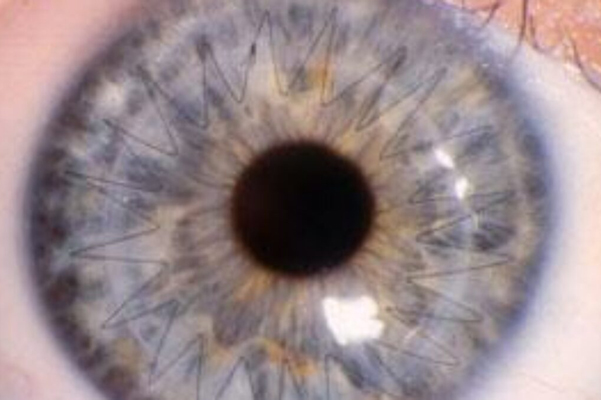Corneal Transplants (DSEK / PKP)

The cornea is a clear tissue on the front part of the eye. In order for the brain to interpret vision, light must pass through the cornea and meet the retina. The retina is where the image will be interpreted and sent to the brain.
The cornea can be damaged by disease or eye injury. If the damage is severe enough, the vision can be obstructed, and light will not able to pass through to the retina. If this is the case, surgery may be the best option to correct the problems with the cornea, including a cornea transplant. During a corneal transplant, Dr. Downer will replace the damaged cornea with a clear donor cornea.
What is DSEK Eye Surgery?
DSEK is a partial-thickness corneal transplant where a thin piece of donor tissue is inserted into the back surface of the patient’s cornea. This procedure will help patients who have corneas that are beginning to cloud overdue to endothelial dysfunction. The endothelium is the layer of pump cells on the back surface of the cornea. These cells pump fluid from the cornea to keep the tissue clear. If the pump cells are not working, the cornea will swell and become cloudy. With DSEK, instead of transplanting the full cornea, only the diseased pump cells are replaced.
Unlike a penetrating keratoplasty (PKP), which is a full-thickness corneal transplant where the donor tissue replaces the central cornea, DSEK uses a much smaller incision creating a smaller wound which is more stable and less likely to open with trauma. DSEK also reduces the risk of sight-threatening complications, such as expulsive hemorrhage or postoperative traumatic wound rupture, that may occur with the PKP procedure.
Penetrating Keratoplasty (PK) Eye Surgery
If the entire cornea is unhealthy, then a full thickness corneal transplant, or penetrating keratoplasty (PK), may be necessary. During the PK procedure, a circle of the cornea is removed and replaced, and the donor tissue is sutured into place.
Where the DSEK procedure is focused on transplanting only the endothelial cell layer of tissue, during a PK procedure a perfectly round circle of the cornea is removed from the patient and replaced with donor tissue. This new cornea is sutured into place with a stitch that is thinner than a human hair for a comfortable healing process.

